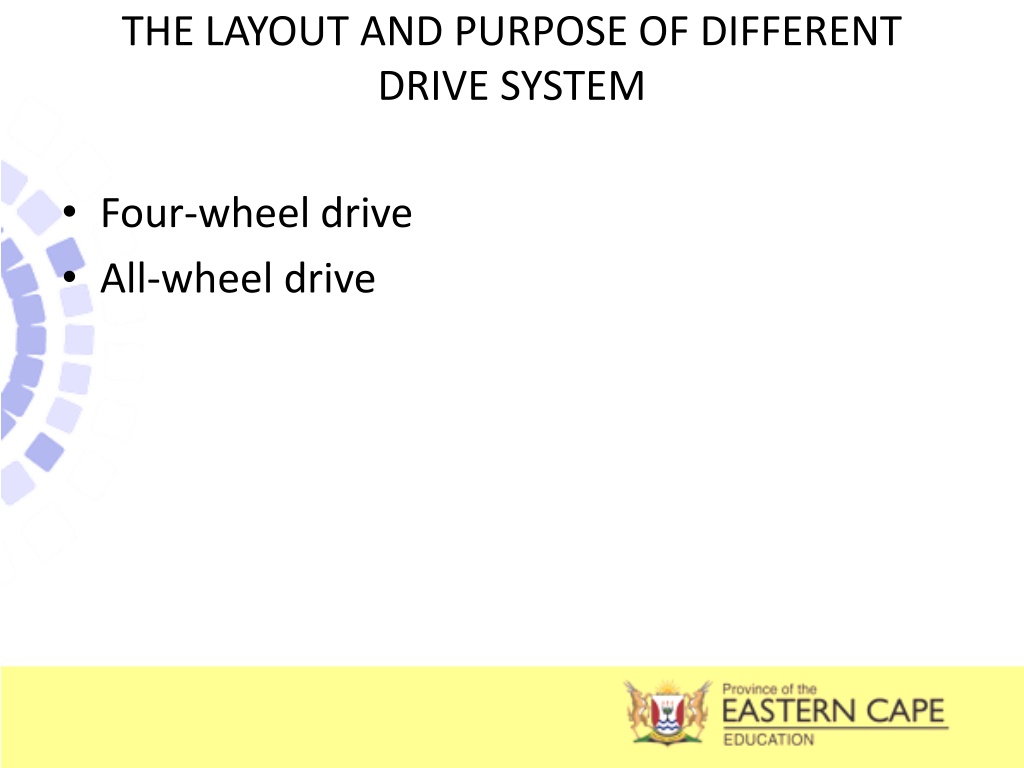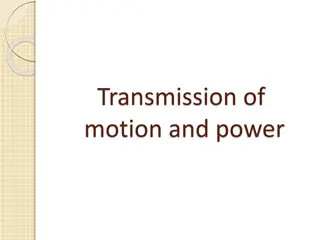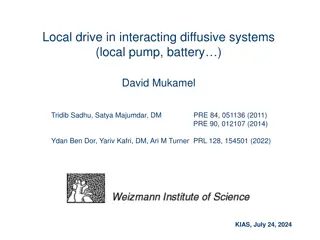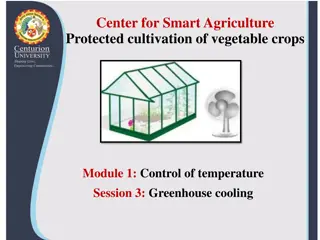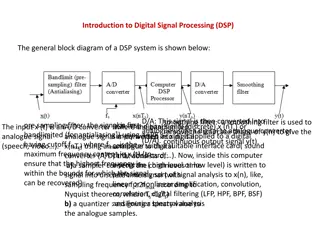Understanding Different Drive Systems: Four-Wheel Drive vs. All-Wheel Drive
Different drive systems such as four-wheel drive and all-wheel drive serve specific purposes and have unique constructions. Four-wheel drive provides better traction in low-traction conditions like off-road or snow, while all-wheel drive functions on various surfaces both on and off-road. The construction of these systems involves transferring power to the wheels through different mechanisms to ensure optimal performance. Understanding the layout and purpose of these drive systems is essential for choosing the right option for your vehicle needs.
Download Presentation

Please find below an Image/Link to download the presentation.
The content on the website is provided AS IS for your information and personal use only. It may not be sold, licensed, or shared on other websites without obtaining consent from the author. Download presentation by click this link. If you encounter any issues during the download, it is possible that the publisher has removed the file from their server.
E N D
Presentation Transcript
THE LAYOUT AND PURPOSE OF DIFFERENT DRIVE SYSTEM Four-wheel drive All-wheel drive
The layout and purpose of drive system Four-wheel drive: When car makers say that a car has four-wheel drive, they are referring to a part-time system. These systems are meant only for use in low-traction conditions, such as off-road or on snow or ice. Purpose: Engine power is transmitted to the front as well as the rear wheels to offer better traction in unfavourable conditions. Part-time and full-time four-wheel drive system can be evaluated using the same criteria. The best system will send exactly the right amount of torque to each wheel, which is the maximum torque that would not cause the wheel to slip.
Drive systems cont Construction: The power is transmitted from the gearbox to a transfer gearbox by means of the drive shaft. The transfer gearbox transfers torque to both the front and rear wheels by means of two drive shafts. The front wheels are equipped with constant-velocity universal joints to enable simultaneous driving and steering. Four-wheel drive vehicles are normally not used on public roads. Four-wheel drive vehicles are ideal for off-road conditions
Drive system cont All-wheel drive: These systems are sometimes called full-time four- wheel drive. All-wheel drive systems are designed to function at all types of surfaces, both on and off-road, and most of them cannot be switched off. Construction: A final drive and differential, identical to that used for the rear wheels, is used for the front wheels. The reduction ratio of the final drives must be the same to the drive wheels at the same rotational frequency. The side shaft at the front is equipped with constant-velocity universal joints in order that the front wheels driven and steered. A gearbox transmits engine power by means of a drive shaft and two universal joints to the transfer gearbox
Drive system conti From the transfer gearbox, the power is transmitted to the front and rear final drive by means of two separate drive shafts, each with two universal joints. Drive to the front wheels may be engaged or disengaged as required by shifting the selecting lever on the transfer gearbox, provision is made for high and low gear ratio
Drive system cont The advantage of all-wheel drive system is their superior traction. All four wheels are capable of propelling the vehicle forward, it can continue to drive even if one or two wheels lose traction due to slippery surfaces such as ice, snow or mud. All- four-wheel drive turns 4 wheels instead of two, therefore there is enough gripping. Acceleration can takes place without tyre slippage. When all wheel drive system senses that a wheel has lost traction, it cuts power to that wheel and send the additional power to the wheel that do have traction. It is a great system for starting from a complete stop on muddy, snow, wet and even icy roads where other cars might spin out.
